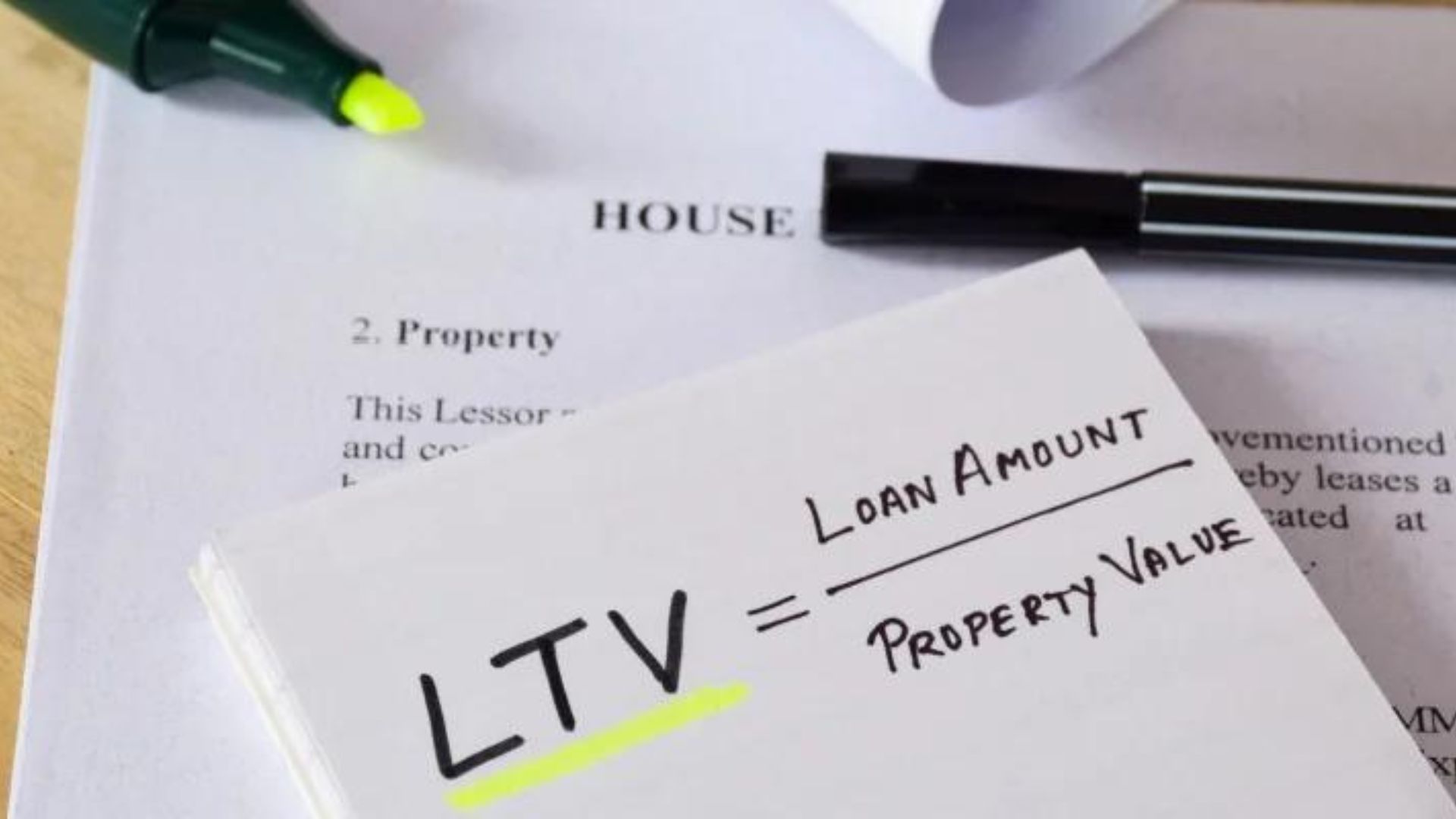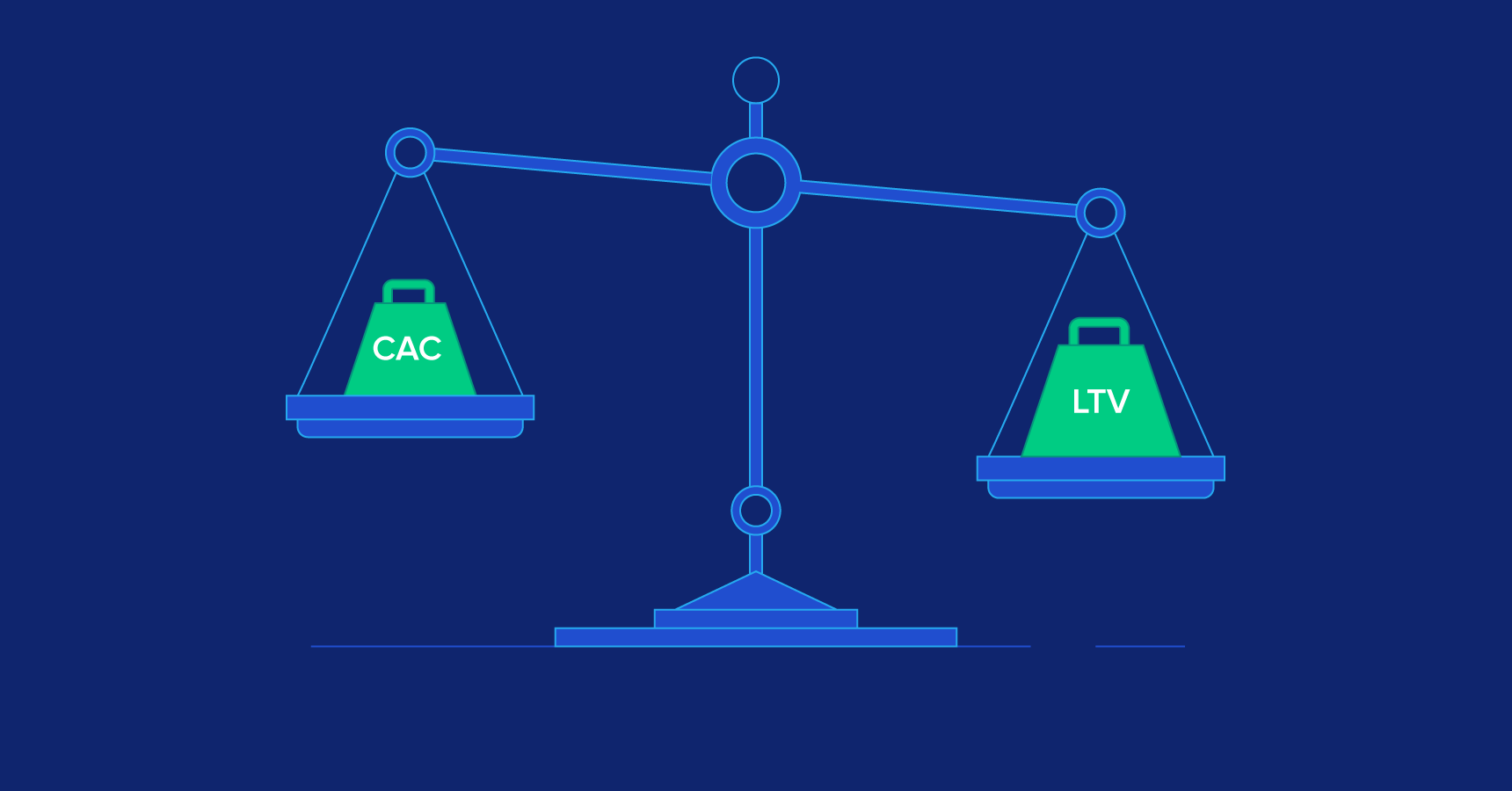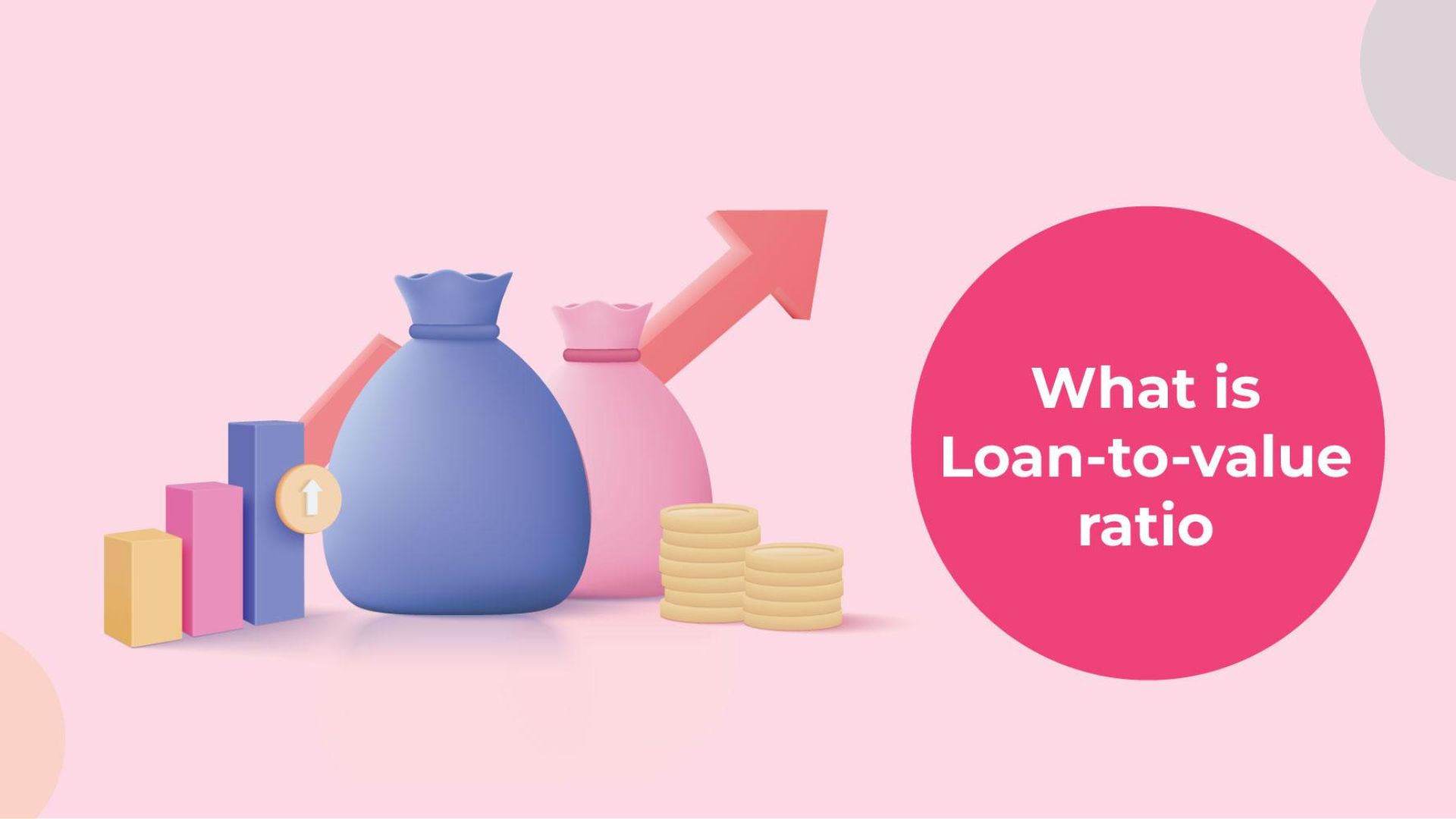How Is LTV Calculated?
How is LTV calculated? The loan-to-value (LTV) ratio is determined by dividing the loan amount by the value of the underlying asset or collateral. For instance, in a mortgage scenario, it involves dividing the mortgage amount by the property's value.

Morgan Barrons
Jan 25, 2024
One way to figure out how much debt someone has to buy a house is to compare the amount of debt they have to the value of the house they want to buy. LTV is important because lenders use it to decide if they will give a loan and what terms they will offer the borrower. The lender takes on more risk when the LTV is high. If the borrower pays back the loan, the lender may be able to sell the house and get their money back.
When you apply for a mortgage, you need to pay close attention to the numbers. Because of this, it is essential to fully understand everything, which can be challenging when trying to understand the industry standard language and terms. In this article, we will see how is LTV calculated.
What Is LTV, And What Is Its Importance?
Loan to Value (LTV) is a financial ratio that expresses the relationship between the amount of a loan and the appraised value of an asset, usually a property. It is commonly used in the context of real estate transactions, where the asset is typically a home. The importance of Loan to Value for borrowers and lenders is described below:
Risk Assessment For Lenders
Higher LTV
A higher LTV indicates a higher risk for lenders because the borrower is financing a more significant portion of the property's value. In such cases, lenders may perceive the loan as riskier due to a lower equity cushion. This could result in stricter lending terms, higher interest rates, or the requirement of private mortgage insurance (PMI) to mitigate the increased risk.
Lower LTV
On the other hand, a lower LTV signifies that the borrower has a higher equity stake in the property, making the loan less risky for the lender. This may lead to more favorable loan terms, lower interest rates, and an increased likelihood of loan approval.
Equity Position For Borrowers
Higher LTV
Borrowers with a higher LTV may have less equity in their property, which can be a concern in case of a decline in property values. If property values decrease, borrowers with high LTVs may find themselves in a situation where they owe more on the loan than the property is worth, commonly referred to as being "underwater."
Lower LTV
Borrowers with a lower LTV have a more significant equity stake in their property. This provides a buffer against potential declines in property values and may offer more financial security.
Loan Approval And Terms
LTV is a crucial factor in the loan approval process. Lenders often have maximum LTV ratios they are willing to accept for different types of loans. Borrowers with LTV ratios that exceed these limits may need help in obtaining loan approval or may be subject to less favorable terms.
How To Calculate Loan-To-Value Ratio?
In the business real estate market, the loan-to-value ratio (LTV) is an essential way to measure risk. Lenders usually use it to figure out how big of a loan to give. The LTV ratio looks at how much of a loan is being asked for and how much the property being used as collateral for the loan is worth.
The lender has a lien on the property and can take it back if the loan isn't paid back. Financial companies, like banks and institutional lenders, often use the loan-to-value ratio (LTV) as a screening tool to look at credit risk, especially when doing due research on household and business mortgage applications.
In the process of underwriting a real estate loan, lenders often look at the total dollar value of the loan along with the borrower's percent input (i.e., the equity investment) and the property's fair market value (FMV). The loan-to-value ratio (LTV) goes down when the buyer or real estate owner puts down more money. This is true even if all other factors stay the same.
It is thought that a loan-to-value ratio (LTV) of 70% to 80% is "good" in the business real estate (CRE) market. But for commercial real estate (CRE) lenders who don't want to take risks, the usual highest loan-to-value ratio (LTV) is about 75%. This limits the loan size (i.e., a higher number) and lowers the risk of their lending portfolio.
The loan-to-value ratio (LTV) shows how two things that lenders care about when it comes to risk are related.
- Secured Loan Amount- The total amount of loan capital that the lender agrees to give as part of the deal to finance the project.
- Appraised Value of Pledged Asset - The value that a professional thinks the protected asset, like a house, is worth right now.
Loan-To-Value Ratio Formula
The loan-to-value ratio (LTV) method takes the loan amount and divides it by the property's value.
Loan-to-Value Ratio (LTV) = Loan Amount ÷ Appraised Property Value
- Loan Amount - The numerator of the LTV formula represents the total loan requested by the borrower. This includes the principal amount required and any additional costs like fees and closing expenses. Lenders scrutinize this figure as it directly impacts the risk they assume in the lending process.
- Appraised Property Value- The appraised property value is the estimated worth of the asset being financed. This value is determined through various appraisal methods, including market comparison and property condition assessments.
The loan-to-value ratio (LTV) is given as a percentage, so the number that comes up should be increased by 100.
Loan-To-Value Ratio Calculation Examples
Let's say an owner in commercial real estate (CRE) got a $525,000 bank loan to buy a $875k office building. The value of the property is $875,000. The commercial mortgage loan is $525,000. The amount of loan to value (LTV) is 60.0%, which is near the bottom of the normal range for LTV in the commercial real estate market (CRE).
- Loan-to-Value Ratio (LTV) = $525,000 ÷ $875,000 = 60.0%
Home Purchase With Traditional Mortgage
Suppose a homebuyer secures a traditional mortgage to purchase a house valued at $300,000. The mortgage amount is $240,000. The Loan-to-Value Ratio (LTV) is calculated as follows:
- Loan-to-Value Ratio (LTV) = $240,000 ÷ $300,000 = 80.0%
Vehicle Financing
Consider an individual obtaining a car loan to buy a vehicle valued at $25,000. The loan amount is $18,000. The resulting Loan-to-Value Ratio (LTV) is determined as:
- Loan-to-Value Ratio (LTV) = $18,000 ÷ $25,000 = 72.0%
Refinancing A Mortgage
In a scenario where a homeowner refinances their mortgage on a property with an appraised value of $400,000, and the new mortgage is $300,000, the Loan-to-Value Ratio (LTV) would be:
- Loan-to-Value Ratio (LTV) = $300,000 ÷ $400,000 = 75.0%
Student Loan With Collateral:
Suppose a student secures a loan for education using real estate valued at $150,000 as collateral. If the loan amount is $75,000, the resulting Loan-to-Value Ratio (LTV) is calculated as:
- Loan-to-Value Ratio (LTV) = $75,000 ÷ $150,000 = 50.0%
Investment Property Financing:
Consider an investor obtaining a mortgage to purchase an investment property valued at $600,000. If the mortgage amount is $450,000, the Loan-to-Value Ratio (LTV) is determined as follows:
- Loan-to-Value Ratio (LTV) = $450,000 ÷ $600,000 = 75.0%
What Do Different LTV Percentages Signify For Borrowers And Lenders?
High LTV (Above 80%)
For Borrowers
- Limited Equity - A high LTV indicates that borrowers have minimal equity in the asset, suggesting a smaller down payment or a property with a lower appraised value.
- Risk of Negative Equity - Borrowers may face the risk of significantly owing more on the loan than the property is worth if property values decline.
For Lenders
- Higher Risk- Lenders perceive higher LTV ratios as riskier, as borrowers have less financial stake in the property. This may result in stricter loan terms, higher interest rates, or the requirement of mortgage insurance.
- Vulnerability to Market Changes- Lenders are more exposed to potential losses if property values decrease, making it crucial for them to evaluate the borrower's ability to repay carefully.
Moderate LTV (Between 70% And 80%)
For Borrowers
- Balanced Risk- Borrowers with moderate LTV ratios have a more balanced financial position, indicating a reasonable down payment and a property value that aligns with the loan amount.
- Favorable Loan Terms- Lenders may offer more favorable terms, including lower interest rates, for borrowers with moderate LTV ratios.
For Lenders
- Moderate Risk Exposure - Lenders consider moderate LTV ratios as less risky than high LTVs, resulting in more flexible loan terms. However, they still assess the borrower's creditworthiness and financial stability.
Low LTV (Below 70%)
For Borrowers
- Substantial Equity- Low LTV ratios signify that borrowers have a significant equity stake in the property, either through a substantial down payment or owning a property with a high appraised value.
- Favorable Loan Terms - Borrowers with low LTV ratios often enjoy the most favorable loan terms, including lower interest rates and a higher likelihood of loan approval.
For Lenders
- Lower Risk- Lenders view low LTV ratios as less risky, as borrowers have a substantial financial investment in the property. This can result in lower interest rates, less stringent terms, and a higher likelihood of loan approval.
Frequently Asked Questions
Why Is LTV Important?
Lenders utilize LTV to assess risk, with higher LTVs indicating increased borrower risk. This influences loan terms, interest rates, and the possible requirement for mortgage insurance.
What Does A High LTV Mean For Borrowers?
A higher LTV suggests lower equity for borrowers, potentially leading to challenges in declining property values and an elevated risk of owing more on the loan than the property is worth.
How Does LTV Impact Lenders?
Lenders perceive higher LTVs as riskier, resulting in the implementation of stricter terms, higher interest rates, or the requirement of mortgage insurance to mitigate increased risk.
What Is A Good LTV Percentage?
Generally, LTVs between 70% and 80% are considered favorable, striking a balance between risk for both borrowers and lenders.
Final Thoughts
Understanding how is LTV calculated is paramount when navigating the complexities of real estate financing. LTV serves as a critical tool for both borrowers and lenders in assessing risk and shaping loan terms. A higher LTV, indicative of minimal equity and increased borrower risk, may lead to stringent lending conditions, higher interest rates, or the need for mortgage insurance.
Conversely, a lower LTV signals substantial borrower equity, offering favorable loan terms and increased security. The LTV calculation, expressed as a percentage, provides a clear picture of the financial relationship between the loan amount and the property's appraised value. Successful comprehension of LTV empowers borrowers to make informed financial decisions while aiding lenders in prudent risk evaluation.


